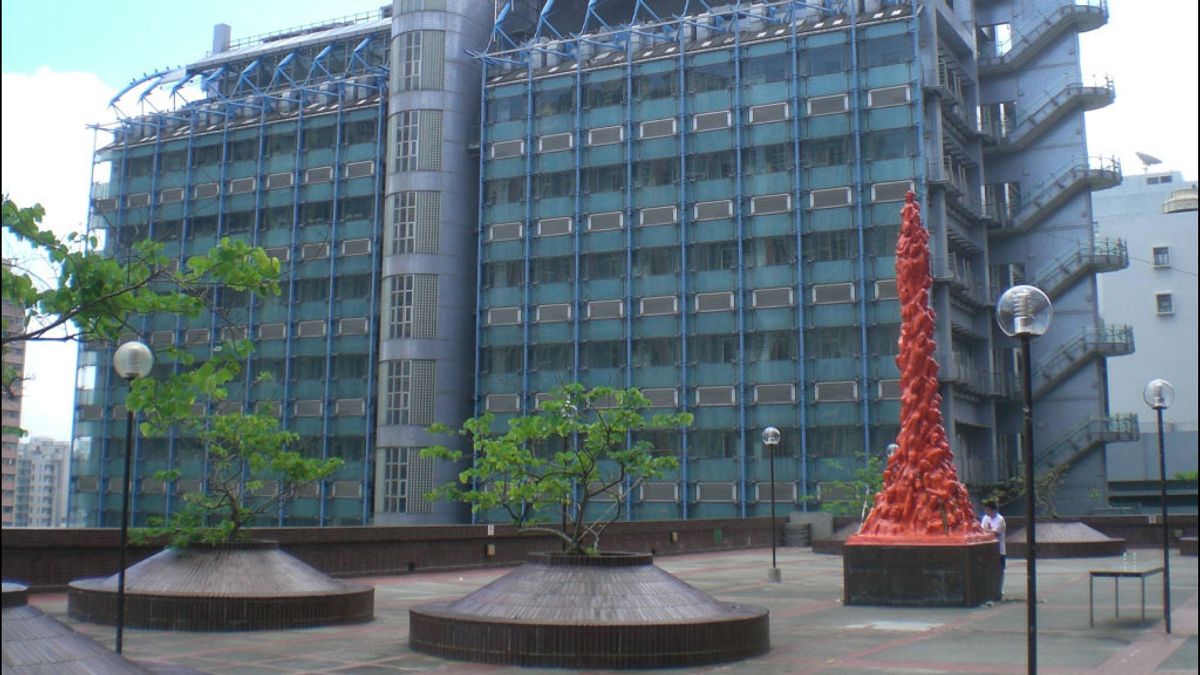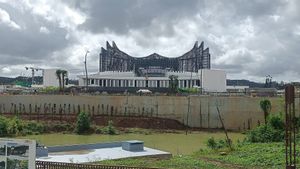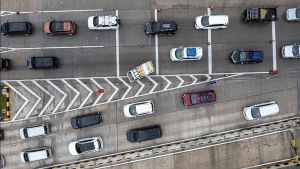JAKARTA - A top university in Hong Kong has removed and removed a statue from its campus site, after standing for more than two decades to commemorate pro-democracy protesters who were killed during the Tiananmen Square events in China in 1989.
The artwork, a suffering human body, is one of the few public memorials left in the former British colony to remember the bloody crackdown which is a taboo topic in mainland China, where it cannot be commemorated publicly.
Known as the 'Pillar of Shame' or the 'Pillar of Shame', the statue is a key symbol of the broad freedoms promised to Hong Kong after it was returned to the Chinese Government in 1997, distinguishing the global financial center from the rest of China.
The city has traditionally held the world's largest annual memorial to commemorate the Tiananmen Square crackdown.
The Hong Kong University Council (HKU) said in a statement Thursday morning it made the decision to remove the statue during a meeting Wednesday, "based on external legal advice and a risk assessment in the University's best interest".
"The HKU board has requested that the statue be kept, and that the University should continue to seek legal advice on appropriate follow-up actions," the council said, citing Reuters December 23.

On Wednesday night, security guards placed yellow barricades around the two-ton, eight-meter (26-foot) tall copper statue. Two Reuters reporters saw dozens of yellow-hatted workers enter the site of the statue, which is covered on all sides with white plastic sheeting and guarded by dozens of security personnel.
Loud sounds of power tools and chains could be heard from the enclosed area for several hours, before workers were seen carrying the top of the statue and pulling it on a crane to a waiting shipping container.
A truck then carried the container away on Thursday morning. The site of the statue is covered in a white plastic sheet and surrounded by yellow barricades. University staff then placed Poinsettia flowerpots, a popular Christmas decoration in Hong Kong, around the barricades.
Several months ago, the university had sent an official letter to the custodian of the statue, a group that organizes the annual June 4 commemoration and has since disbanded amid a national security investigation, requesting that the statue be removed.
A June 4 museum was raided by police during an investigation and closed, and its online version is not accessible in Hong Kong.
The Danish sculptor Jens Galschiot who created the statue said in a statement he was "absolutely shocked" that he would claim compensation for any damage to his personal property.
Galschiot, who spent about $1.4 million to build the statue, has offered to take it back to Denmark, but said his presence in Hong Kong was necessary for the complex's operations to go well, asking for immunity guarantees he would not be prosecuted.

HKU said in its statement that neither party had ever obtained approval to display the statue on its campus. And, they reserve the right to take appropriate action at any time. HKU also called the statue fragile, and said it poses a "potential security issue."
Tiananmen survivor Wang Dan, who now lives in the United States, condemned the deletion in a Facebook post as an attempt to erase history and memories written in blood.
The campus was deserted on a Thursday morning, with students on vacation. Previously, several students had stopped by the campus overnight after hearing the news.
"The university is a coward to do this in the middle of the night. I feel very disappointed because it is a symbol of history," criticized the 19-year-old student surnamed Chan.
Meanwhile, another student surnamed Leung said he was "heartbroken" to see the statue "cut into pieces".
The removal of the statue is the latest move targeting people or organizations affiliated with the sensitive June 4, 1989, as well as events to mark it.
Authorities have put pressure on Hong Kong under China's national security law, which human rights activists say is used to suppress civil society, jail democracy activists and curb basic freedoms.
Additionally, authorities say the law has restored order and stability after massive street protests in 2019. They insist free speech and other rights remain intact and prosecutions are not political.
To note, China has never provided a full account of the 1989 Tiananmen Square crackdown. Officials put the death toll at around 300, but rights groups and witnesses say thousands may have died.
"What the Communist Party wants is for us all to forget this (Tiananmen). It's a shame. They want to be globally forgotten," said John Burns, a political scientist at the university for more than 40 years who has called for the statue to remain. to Reuters.
The English, Chinese, Japanese, Arabic, and French versions are automatically generated by the AI. So there may still be inaccuracies in translating, please always see Indonesian as our main language. (system supported by DigitalSiber.id)













